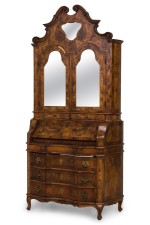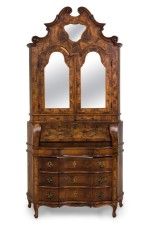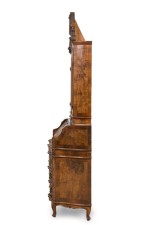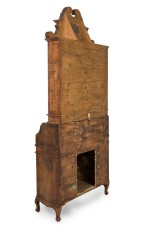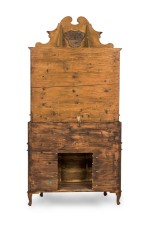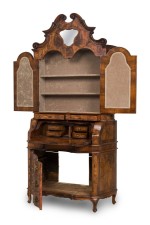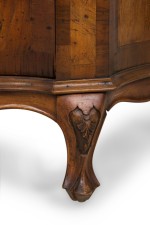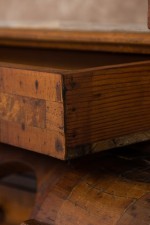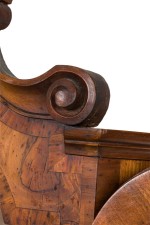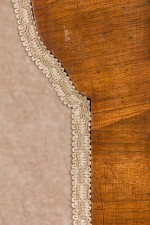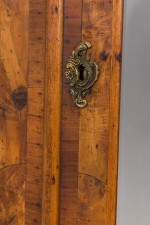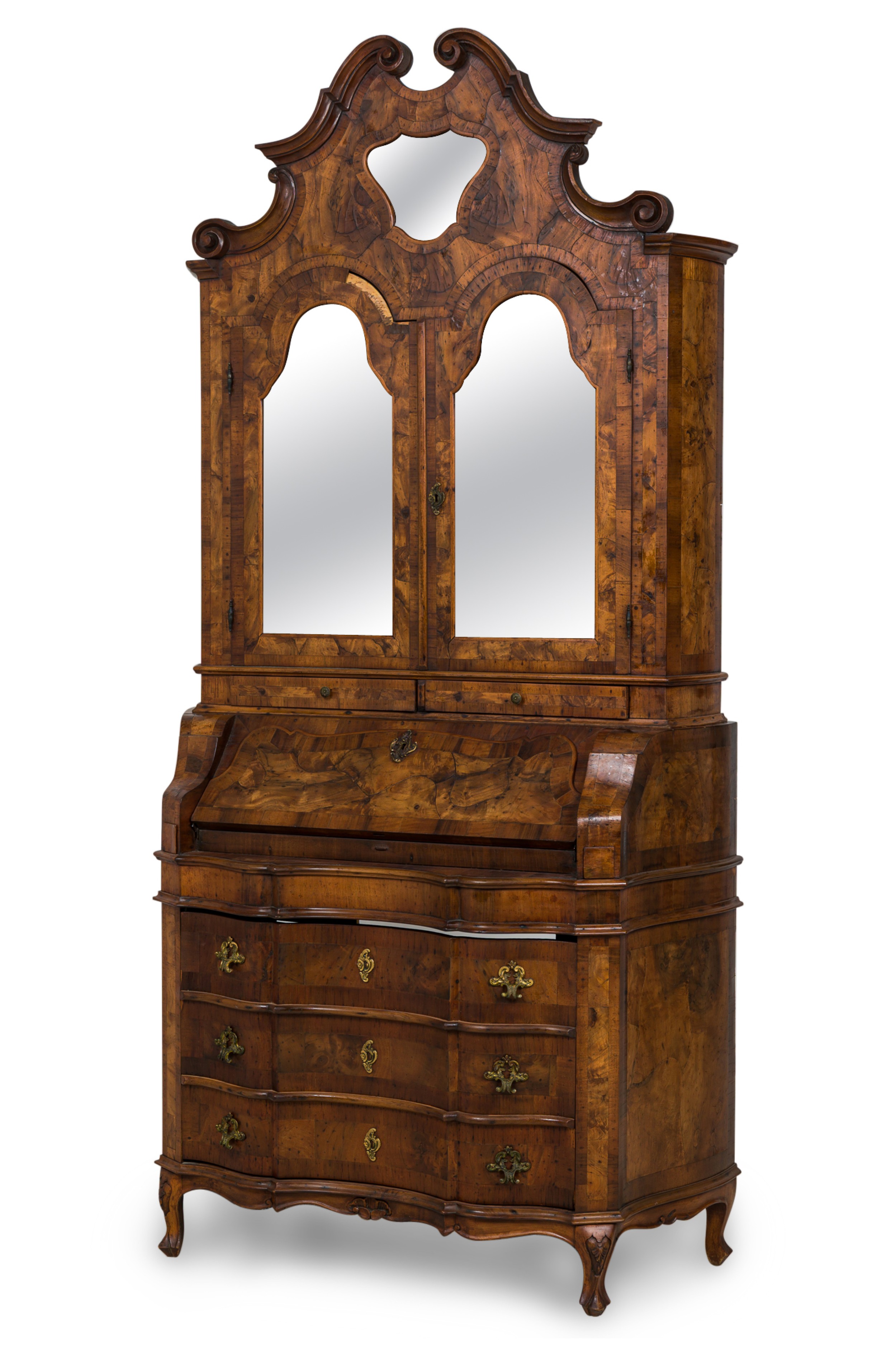Italian Rococo Oyster Burl Secretary Cabinet / Desk
$60,000 (USD)
Available Qty: 1
Item #: REG4880
Italian Rococo secretary desk / cabinet with an upper door that folds down to reveal a writing surface and 5 small interior drawers, over three drawers with serpentine fronts and ornate brass drawer pulls, finished in an oyster burl veneer and resting on four carved legs with foliate carved decorations, supporting a separate upper cabinet section with breakfront mirrored doors that open to reveal a three shelf cabinet finished with a taupe velvet, topped with an ornately carved scroll pediment..
Ships from:
Newel Warehouse
32-00 Skillman Ave
Long Island City NY - 11101
Taxes may apply.
Learn more
See it in Person
Call (212) 758-1970 or Email Us
Italian Rococo Oyster Burl Secretary Cabinet / Desk
Italian Rococo secretary desk / cabinet with an upper door that folds down to reveal a writing surface and 5 small interior drawers, over three drawers with serpentine fronts and ornate brass drawer pulls, finished in an oyster burl veneer and resting on four carved legs with foliate carved decorations, supporting a separate upper cabinet section with breakfront mirrored doors that open to reveal a three shelf cabinet finished with a taupe velvet, topped with an ornately carved scroll pediment.
DETAILS
Sku:
REG4880
Ships From:
New York, NY
DIMENSIONS (INCHES)
Width:
47.0"
Height:
94.0"
Depth :
19.0"
INFO
Style:
Italian
Materials & Techniques:
Brass, burl, metal, veneer, wood
Category:
Cabinets & Case Goods, Office/Library
Good; Wear consistent with age and use

